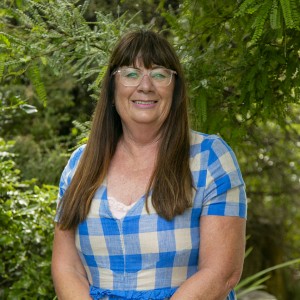To get information and facts about a subject.
An information report is a good way to find out about different animals.
Our objective, to write an information report on an animal of their choice.
To support my students to understand the different parts of an information report, we discussed our success criteria so all students knew what their reports should include. We used a variety of templates so students could practise finding information, using highlighters then using this information to write their own reports on their given animal.
Our Success Criteria included:
- A description of the animal
- A labelled diagram
- Information on the animal’s habitat, diet and how it moves around
- A picture
Before students started work on their own animals, we brainstormed, as a class, what we already knew about the animals. In teacher speak, we call this ‘accessing prior knowledge’. This allows students to share with their peers what they know and helps the teacher understand what students already know before any new learning starts.
Facts students already knew
A kiwi is a bird that cannot fly.
I know that a kea is a parrot.
A gecko is a lizard and it can stick to the walls and hang upside down.
We have kōura in Lake Taupō.
As the teacher, I modelled how to use key words and the students' questions to search for images, information and videos of our chosen animals. The students really enjoyed seeing images and watching videos of their chosen animals and finding out information this way. While researching we found New Zealand native animal fact sheets and other information through the Department of Conservation website.
This allowed students to be introduced to how they can use key words and questions to search for information. All students had success and could gain a simple understanding of how we can use key words to support our learning.
Kiwi have nostrils at the end of their bill to help them find worms, insects, and seeds.
I like the rainbow colours of the kea when it is flying.
There are so many colours of gecko lizards.
By using the fact sheets they found, the students could share their learning and add to their own information reports. Here are some photos of the class working on their reports.
Our next step will be to use Book Creator to publish the research from their information sheets. The students can add borders, change colours on the pages, upload images, and resize the images. These amazing books will be shared at our Celebration Day and on-line with our families.


Comments are disabled for this post.